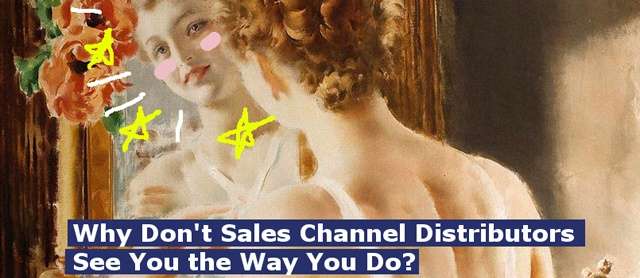Your sales channel distributors don’t always have the same definition of your brand that you do. Ideally, you want to be on the same page with your channel partners, aligning your sales and marketing goals so that you both get the most out of the relationship. But what if that’s not the reality of your distribution partners? Let’s identify a few things that may be causing a disconnect. Once you understand why distributors don’t see you the way you want to be seen, you can begin adjusting their view.
Reason #1: Language Barriers
- Marketplaces grow more culturally diverse every day. Your distributors may view your brand, your market strategy and your partnership through a different cultural perspective, or even a different language. Learn more about your distribution partners to better identify communication barriers and develop channel strategies to overcome them.
Reason #2: Lacking Customer Data
- Just as marketplaces grow more diverse, B2B customers grow more segmented, with specific needs and sales and marketing goals. They expect partnerships that complement those needs. To be a better channel partner, gather point-of-sale data, purchase history, invoices and other sales documentation that helps paint a complete picture of your customers.
Reason #3: Wrong Fit
- Not every sales channel partnership was meant to last. If your sales and marketing goals are a case of irreconcilable differences, it’s time to look for another distributor. Resources like the distributor alignment checklist will help you determine if your partnership is doomed.
Reason #4: You’re not Engaging
- You need to “show up” for your distribution partners. If you don’t, you aren’t getting what you should out of the partnership—but some other vendor definitely will. Exchange channel marketing insights, input and success stories with distribution partners. Interact with them on social media. Tap into the human side, not just the professional.



